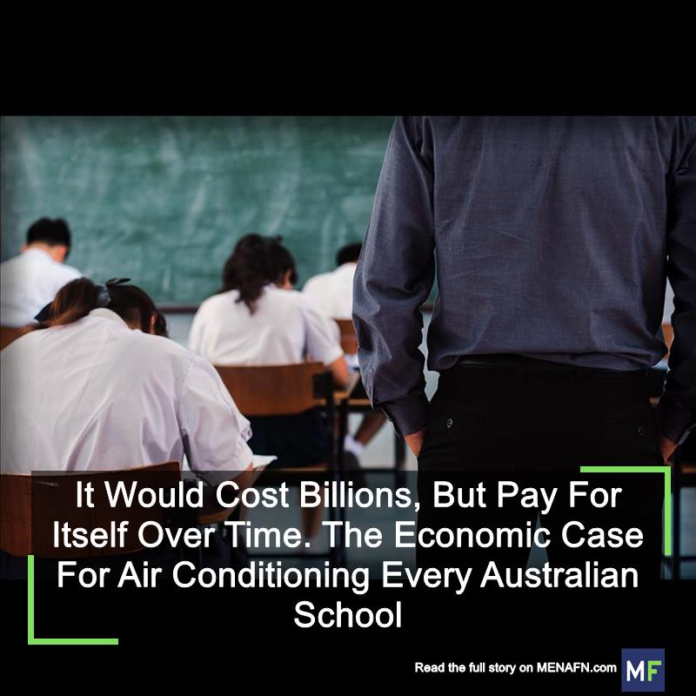(MENAFN– The Conversation) Later this week, the government will receive a report from an independent inquiry into its response to the COVID pandemic.
One issue is air quality in crowded public buildings like schools and care facilities. Many buildings, such as offices and hospitals, have high-quality mechanical ventilation, but most schools (98% in NSW) rely on windows for ventilation.
Australia�s construction code allows this as long as the windows provide at least 5% of the floor area for ventilation, but there’s no requirement to keep them open. Consequently, classrooms can become very stuffy, impacting students’ concentration and learning.
Stuffy air also facilitates the spread of illnesses like flu and COVID as there isn’t enough fresh air to dilute airborne viruses. The financial burden falls on students, parents, and schools needing to cover for sick staff.
A study for the Australian Research Council suggests that installing high-filtration air conditioning in all schools would save money by reducing sickness.
Research by ARINA measured CO2 levels in classrooms to assess ventilation. Air-conditioned classrooms maintained CO2 levels around 500-600 ppm, which is acceptable. In contrast, naturally ventilated classrooms exceeded 2,500 ppm, leading to cognitive issues.
Healthy ventilation can cut airborne disease transmission significantly. With nearly 4 million students in Australia, ARINA estimated that mechanically ventilating all schools would cost around A$2 billion over five years, offset by savings from reduced sickness.
Victoria alone spent $360.8 million on relief teachers between May 2023 and May 2024, indicating a national increase of potentially $900 million in costs due to teacher absenteeism. When factoring in non-COVID illnesses, the savings from improving air quality could exceed $1 billion annually.
Ultimately, the costs of not air conditioning schools may reach or exceed $2 billion annually, while investing in proper ventilation will benefit students and teachers just like the protections we expect in offices and shopping centers.
![]()
MENAFN20102024000199003603ID1108799817
`

